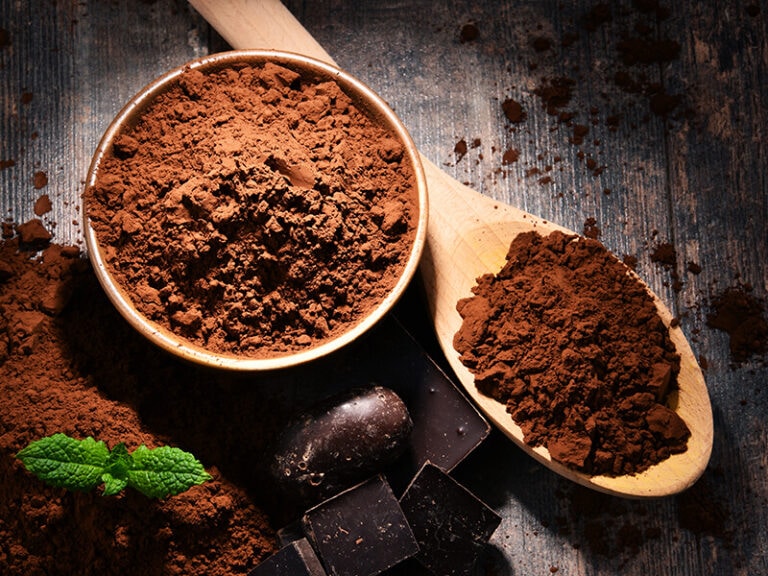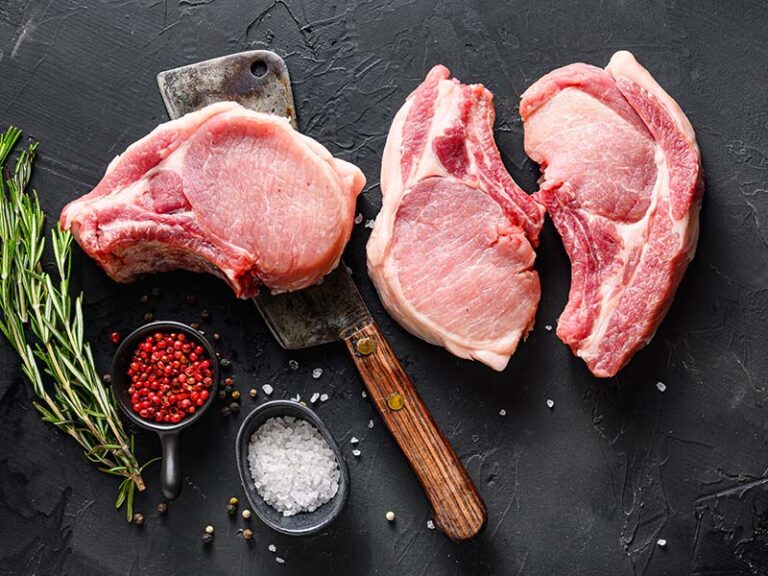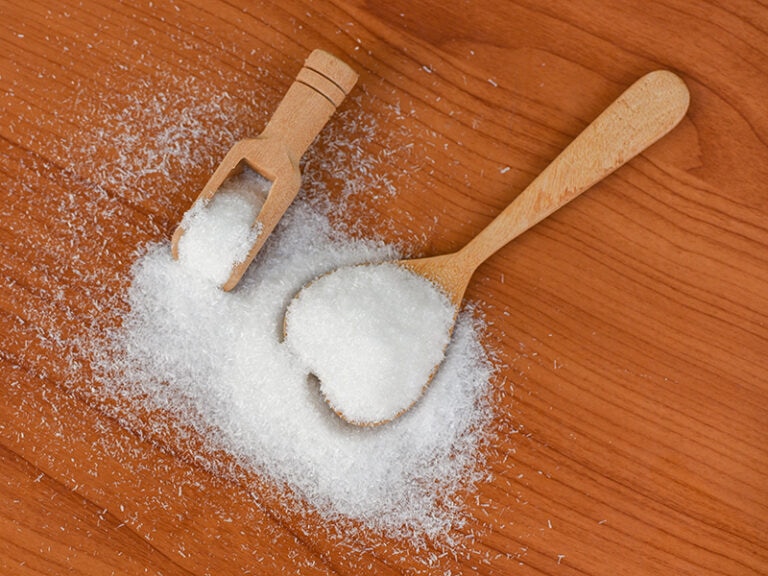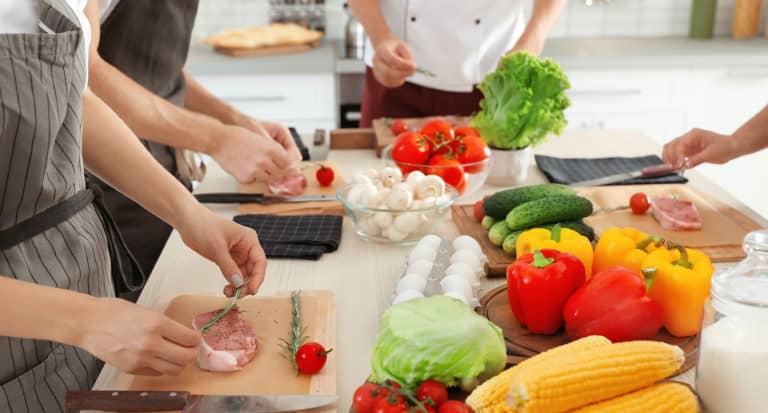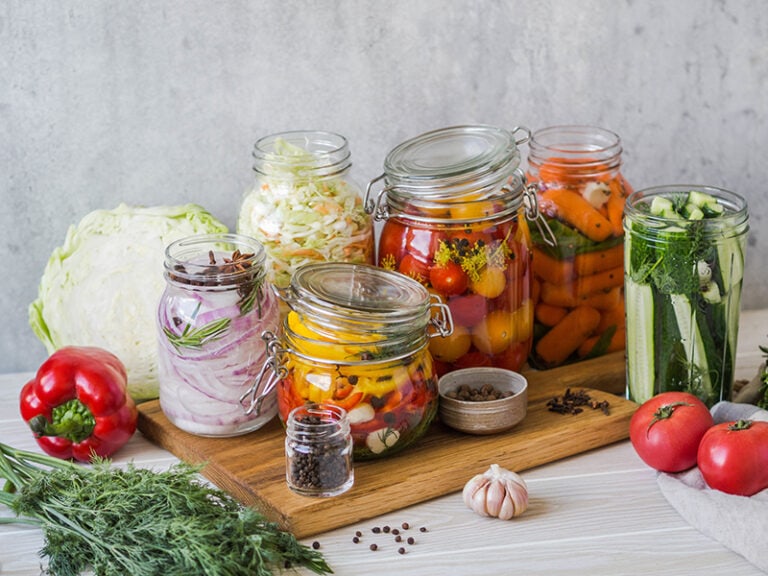What are stainless steel cookware pros and cons? Watching your parents bring home a lot of pans or pots made from stainless steel is probably an experience in everyone’s childhood. But why is stainless steel one of the most popular materials for cookware?
Do its advantages overshadow other metal “opponents”? And are there any disadvantages that can make you hesitate to purchase them? If you are interested in this topic, the article below will be the key to clearing up all your questions!
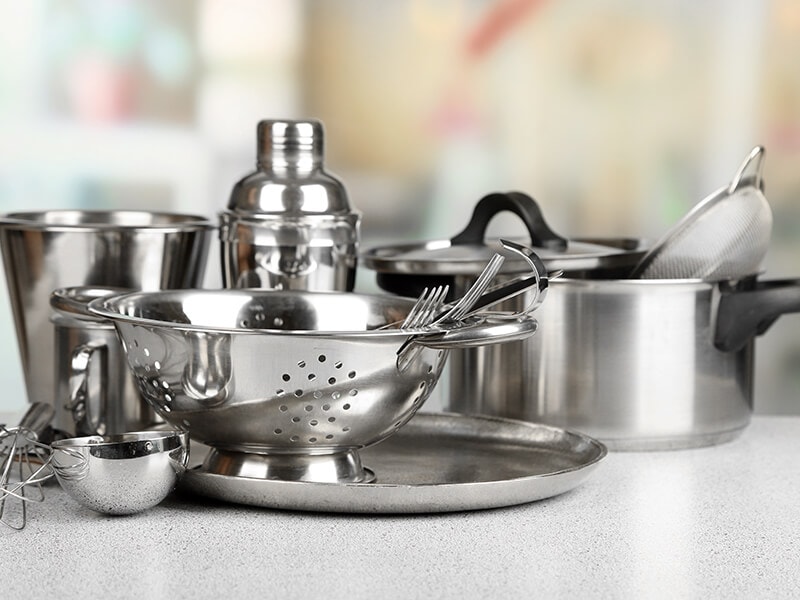
Basic Information About Stainless Steel Cookware
When it comes to stainless steel kitchen utensils, you have several choices. This section will summarize the most basic information about this material and the most common types to help you make your decisions faster.
Definition
First of all, stainless steel is the combination of two main metallic substances, including iron and carbon, which contains at least 11% chromium, less than 1,2% carbon, and other elements. (1)
With the presence of chromium, corrosion and rusting resistance are the most outstanding features of stainless steel. Manufacturers can further improve these attributes by adding other elements, such as nickel, molybdenum, titanium, etc.
As a result, stainless steel has become a remarkably common material. You can see a lot of kitchen implements coming from stainless steel, like pots, frying pans, double boilers, and braisers, to name a few.
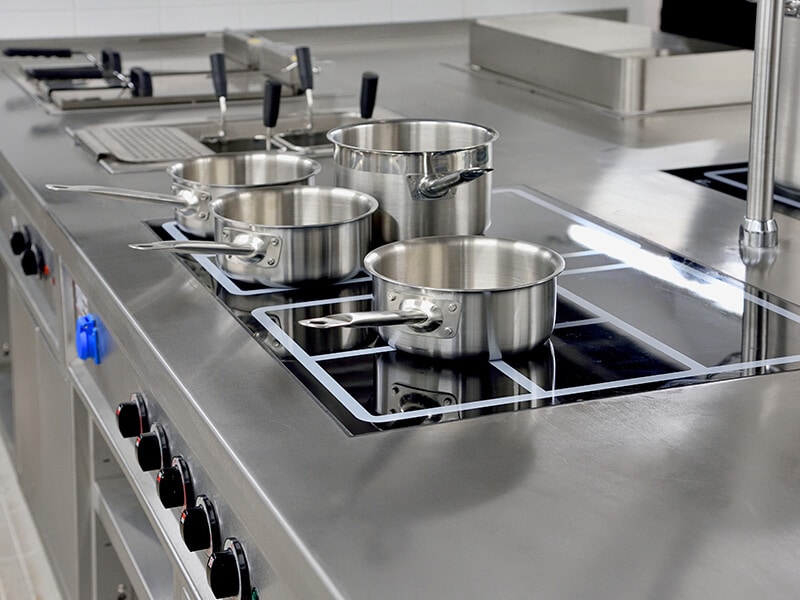
Most Popular Types
The most basic way to classify types of stainless steel cookware is by the proportion of chromium and nickel in it.
Firstly, 304 stainless steel is the most common type with standardized quality, along with some non-magnetic properties, non-reactive features, and reasonable prices. (2)
The 316 stainless steel, which contains 2% molybdenum, is another outstanding type in the 300 series. It has higher corrosion resistance than the 304 grade but is less common due to the high cost. (3).
The level of corrosion resistance in the 430 stainless steel is lower than those in the 300 series leading to some durability issues. However, it is cheaper and suitable for making kitchen-grade products.
Last but not least, due to reduced nickel content (replaced by manganese), 202 stainless steel has weaker corrosion resistance and lower toughness compared to other grades. To make up for those shortcomings, it has a low price tag and makes for a cheaper alternative to 304 stainless steel.
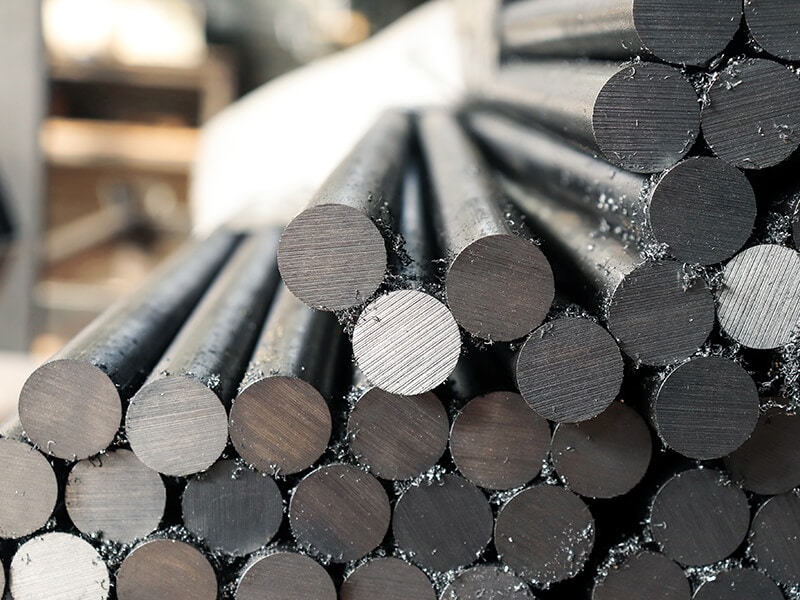
Advantages And Disadvantages Of Using Stainless Steel Cookware
Before moving into details, I would like to summarize all the information in the table below, showing the strengths and weaknesses of stainless steel cookware.
The Most Notable Advantages
If you still wonder whether stainless steel products are worth your money, the following sections will convince you to give them a try.
Versatile
Stainless steel is a versatile metal that can be a good match for any cooking method. It is ideal for sauteing, searing, boiling, simmering, deep frying, baking, and many more.
Thanks to this amazing upside, purchasing a fancy stainless steel cookware set, rather than investing probably the same amount of money in other materials, is a smart decision.
Compatible With All Cooktops, Ovens, And Broilers
Stainless steel cookware is one of the rarest kitchen utensils that can be used for any cooktop, whether it is a gas, ceramic, or induction type. Note that your cookware won’t be suitable for an induction cooktop if it has an aluminum or copper base.
You can also move your favorite stainless steel pots to the oven or broiler for baking food, which is extremely convenient, especially when you hate washing up afterward!
Long-Lasting And Corrosion Resistant
These are probably the most prominent features of stainless steel products. The chromium and nickel contents prevent oxidation and provide plenty of corrosion resistance.
For kitchenware, the main cause of corrosion lies in acidic foods such as high-protein meat (beef, chicken, fish), dairy products (cheese, milk), and certain fruits (limes, tomatoes), etc.
Additionally, the cooking heat speeds up the corrosion process. The existence of stainless steel will solve this issue since it’s non-reactive to those kinds of acidic ingredients.
Moreover, this material is tough and isn’t prone to chipping or staining. It’s also quite resistant to scratching and denting.
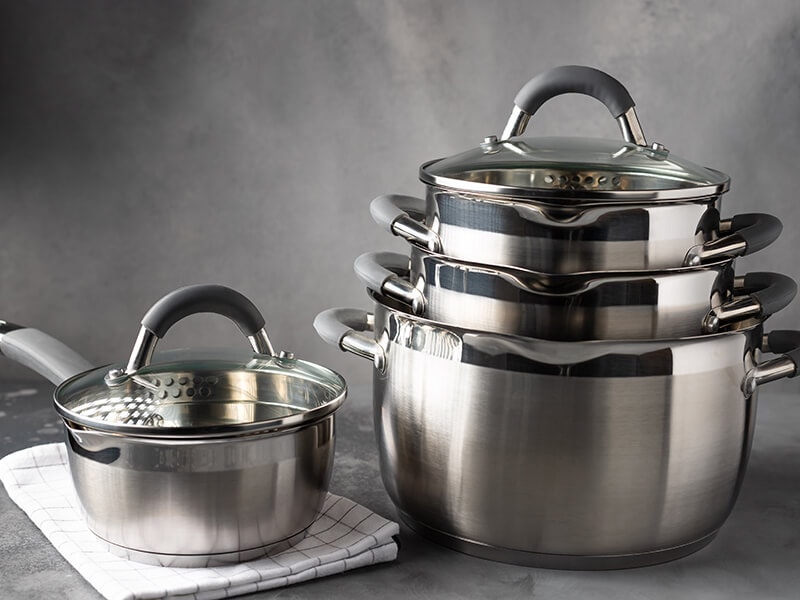
Retain And Distribute Heat Evenly
You might be surprised to realize how long your food can keep warm inside a stainless steel pot. This is because heat retention works exceptionally well in this alloy. As such, it’s an excellent choice for making food that tastes better the longer you cook them, such as soups or stews.
Moreover, with the three-layer structure, stainless steel can offer an even heat distribution throughout the whole cooking process, especially if it has a copper or aluminum base.
Experts indicate that no metals can compete with premium stainless steel cookware regarding heat transmission, making it a valuable kitchen investment.
Responsive And Tolerant To High Heat
Obviously, some dishes require you to cook at a high temperature. In these cases, choosing the wrong cookware material will lead to big trouble.
For example, nonstick cookware is not an ideal choice for high-heat cooking. Overheating will break the outer coating and release toxic chemicals. As a result, your meal will end up a mess.
Fortunately, stainless steel kitchenware can typically endure up to 500 degrees F, with certain products being able to handle up to 600 degrees F. The ability to tolerate high heat also explains why you can put it in the oven without any worries.
Better yet, this alloy is extremely responsive to temperature changes. You can quickly switch from low to high heat and ensure that the recipe comes out exactly as intended.
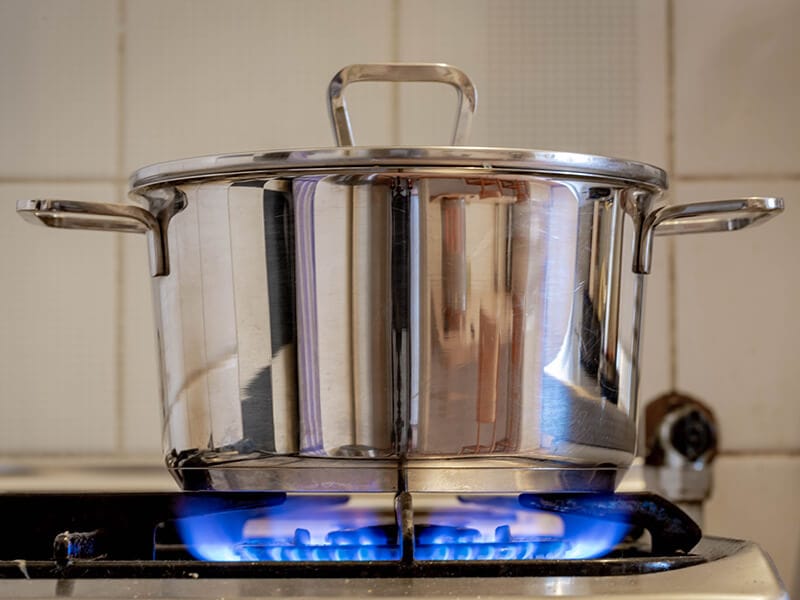
Easy To Use And Maintain
Stainless steel cookware is generally dishwasher-safe. However, I recommend you hand wash them to ensure there’s no food left on the surface.
The process of hand washing is as simple as when you clean other utensils. Use warm water and mild detergent, and do it gently. It won’t take much time. If you must use the dishwasher, keep sharp utensils out, as they can potentially damage your cookware.
Various Choices For You
As I already mentioned in the previous part, there are many types of stainless steel pans and pots that you can find easily in any market. Due to its convenience, manufacturers have decided to sell them with hundreds of different models.
The diversity in designs, shapes, and sizes sometimes gives buyers a hard time choosing among all those types. You should consider the cooking methods you use, the kind of food you usually cook, and whether it is for a small or large group of people.
Try to research some basic information before spending a large amount of money. Most products have a 3-ply structure, containing 2 layers of stainless steel with an aluminum core. There are also more premium choices with a 5-ply construction.
Stainless steel can be expensive, but if you’re on a budget, these luxurious cookware sets remain a well-worthy investment to upgrade your kitchen.
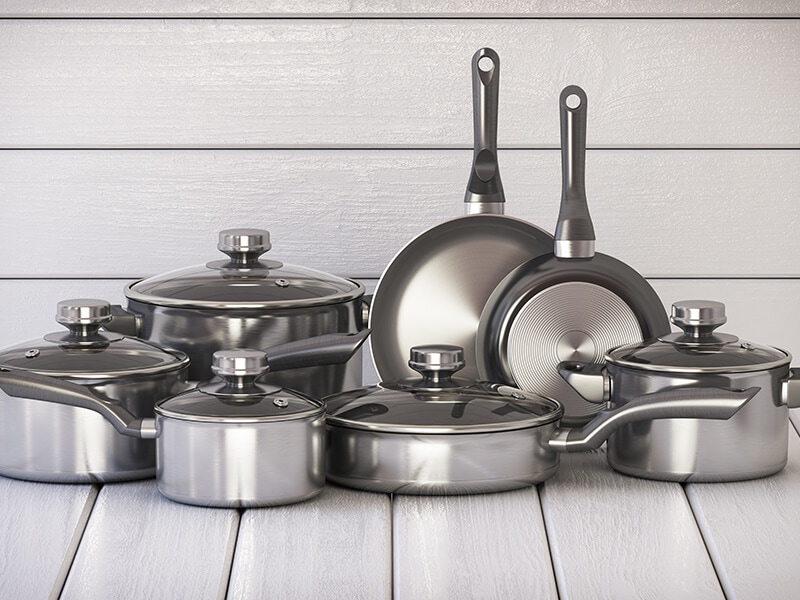
Disadvantages
Besides the superior qualities of stainless steel cookware, there are also downsides that go along with it. Nothing is perfect, after all.
High Price
As I already said, the higher quality that cookware provides, the more it costs. This material cookware is probably not the best option when discussing practical expense saving. Besides, there are varied prices among different producers to consider.
For example, a set of stainless steel kitchen equipment can cost double the price of a non-stick one. The price gap will be even more significant if you opt for fully clad stainless steel cookware, which has an even thickness throughout.
Weight
This downside is associated with the amount of material in stainless steel. A heavier cookware means more materials are used to manufacture it, costing more money.
Although weight is a sign of quality, some people may not consider it a positive aspect. The reason is simple. Heavier kitchenware is more difficult to hold, and you may spill food all over your kitchen table, creating a mess.
As a result, not everyone is a fan of stainless steel. Some people prefer lighter cookware materials, even though they’re not as high-quality.
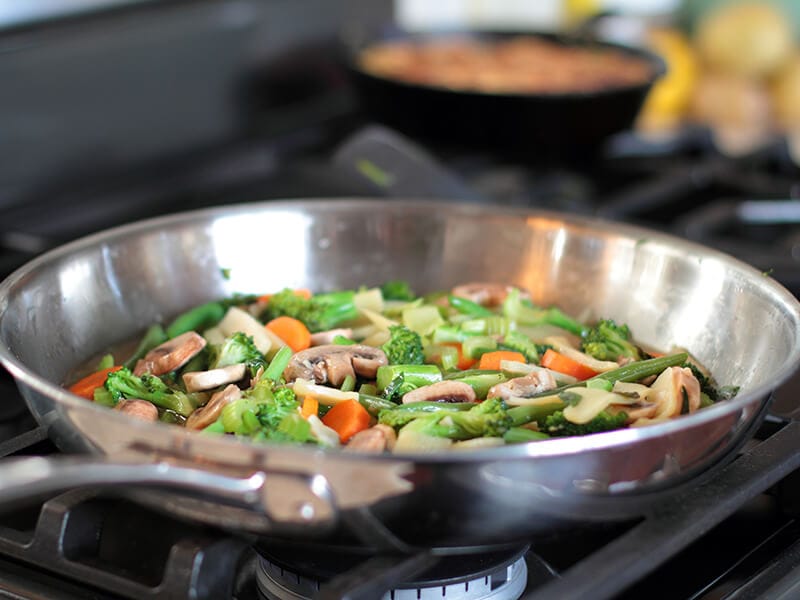
Food Might Stick
Stainless steel surface has tiny pores, which shrink and grip into food when heated. Therefore, you need to be careful when using this material for cooking delicate ingredients, such as eggs and fish. Fortunately, there are some tips to offset this disadvantage.
With the advantage of heat retention, you don’t have to overly raise the temperature of your stainless steel pan. I recommend keeping the heat in the medium range unless you’re boiling things.
In addition, always preheat and grease the pan before cooking. I will show you the way to do that in the upcoming part of this post, so skip reading to find out the answer!
Can Be Difficult To Clean
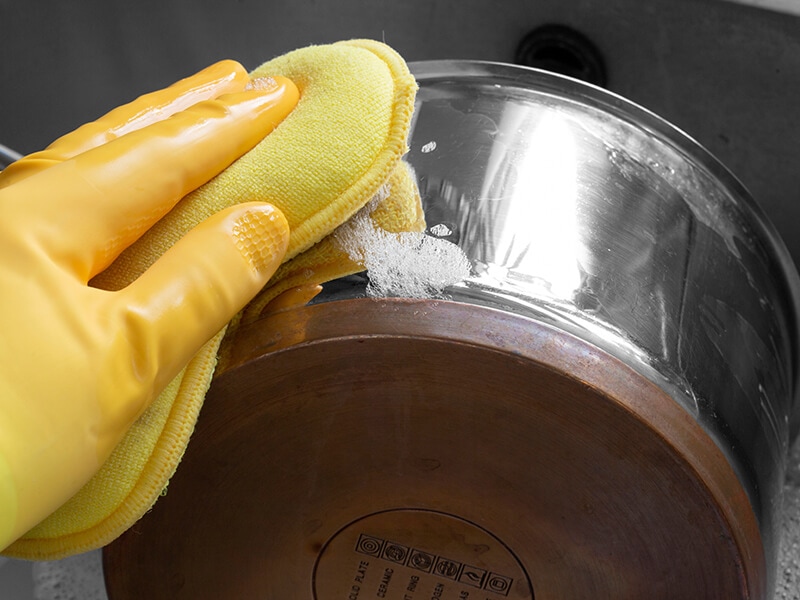
A lot of people struggle with the cleaning process of stainless steel kitchen products, especially when there’s food sticking to the surface. While you reduce the chance of this happening by probably preheating the pan, there’s also a problem of discoloration.
Furthermore, if you accidentally overheat the cookware, it might develop unattractive brown and blue stains on the surface. These stains are called heat tint and are a result of oxidation. Not only is heat tint hard to clean, but it also negatively affects the cookware’s ability to resist corrosion.
These tips will help you easily clean your stainless steel pans.
Inconsistent Performance
Poor performance can frequently happen in low-priced products. What directly affects the performance depends on the number of bonded layers (or ply) and how thick your pan/pot is.
Moreover, if your pan doesn’t come with a bonded copper or aluminum base, it won’t be able to conduct heat very well. I suggest investing in decent-quality products if you want to enjoy all the benefits of stainless steel.
Possible Health Problems
According to researchers, stainless steel kitchenware can leach nickel and chromium during cooking, which might cause some health concerns for consumers. The amount of leached metal is highest when using new stainless steel and gradually decreases to a constant condition after multiple cooking cycles.
Other factors contributing to metal leaching are cooking time and the type of stainless steel in question. In general, the longer the cooking process is, the more nickel and chromium will leach into your food. (4)
Not Beginner-Friendly
After reading all the pros and cons above, you might have realized that this kind of cookware is not a good fit for beginner cooks. As stainless steel requires a decent amount of knowledge to cook with and care for, non-stick cookware might be a better choice for newcomers.
However, due to the many advantages that they bring, I highly recommend taking the time to master the proper way to utilize stainless steel products.
Stainless Steel And Non-Stick Cookware – Which One Is Better?
To be honest, I don’t think there’s a definitive answer to this comparison. You should consider all the factors below, then make your judgment based on your personal preference.
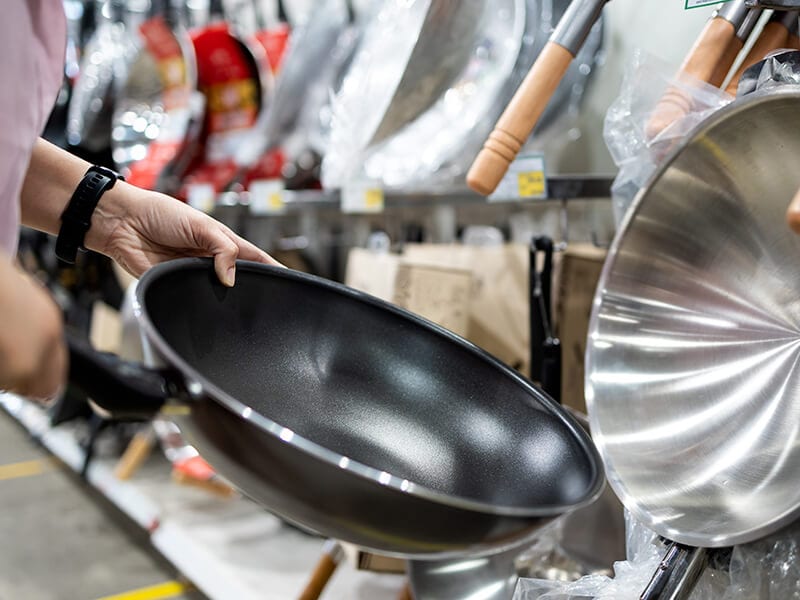
A short and precise answer to help you decide between nonstick and stainless steel kitchenware.
How To Maintain Your Stainless Steel Cookware
With proper care, stainless steel products will last for a very long time. Follow the techniques in this section to keep them in their best condition.
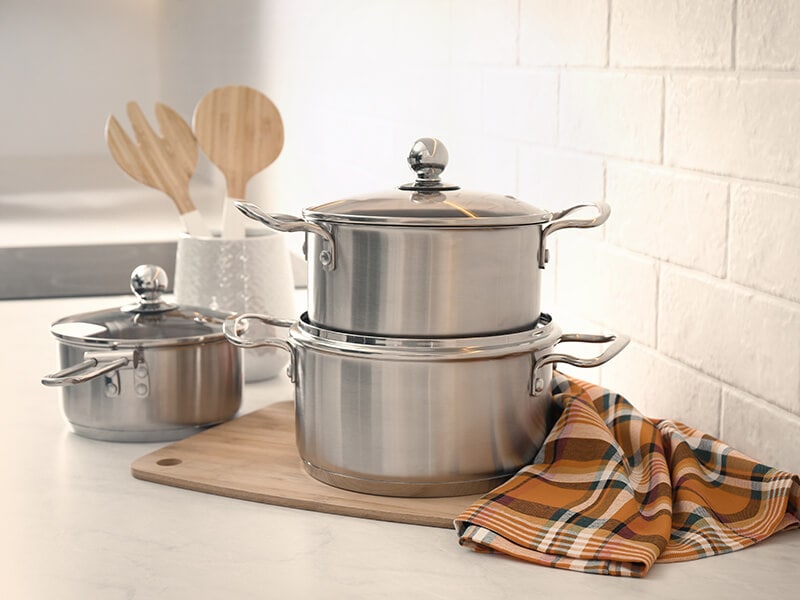
Before Cooking, Let Cold Food Sit For A Few Minutes
Be careful with foods that just come out of the fridge because the low temperature can lead to sticking and affect the surface of your stainless steel cookware.
Instead of cooking your meat straight from cold storage, you should let it come to room temperature first. Then, dab them using paper towels to get rid of the excess moisture.
Adjust The Heat
As I already said, overheating can slowly destroy the surface, no matter how heat-tolerant stainless steel is. For this reason, it’s best to keep the cooking temperature at a medium level. Remember to preheat the pan with oil for better heat distribution.
Let It Cool Down Before Washing
Immediately putting some cold water in the hot pan can cause serious deformation due to the temperature difference. Instead, allow your cookware to cool fully before washing them.
Wash It Softly
Harsh cleaning solutions can damage stainless steel cookware, leading to discoloration on its finish. For the best result, use only mild cleaning detergent. If you need to remove heat damage from the surface, try rubbing it with vinegar or club soda.
In addition, avoid abrasive scrubbers, as they can scratch your pans. Use a soft cloth and be gentle when removing the sticky food and cleaning the cooking surface.
Learn how to properly care for your stainless steel kitchenware.
How To Season Stainless Steel Cookware
This is a basic and simple process, but to do it properly, you need to follow these steps. Take note that seasoning stainless steel cookware is totally up to you, as there is no requirement to undertake it, unlike some other materials.
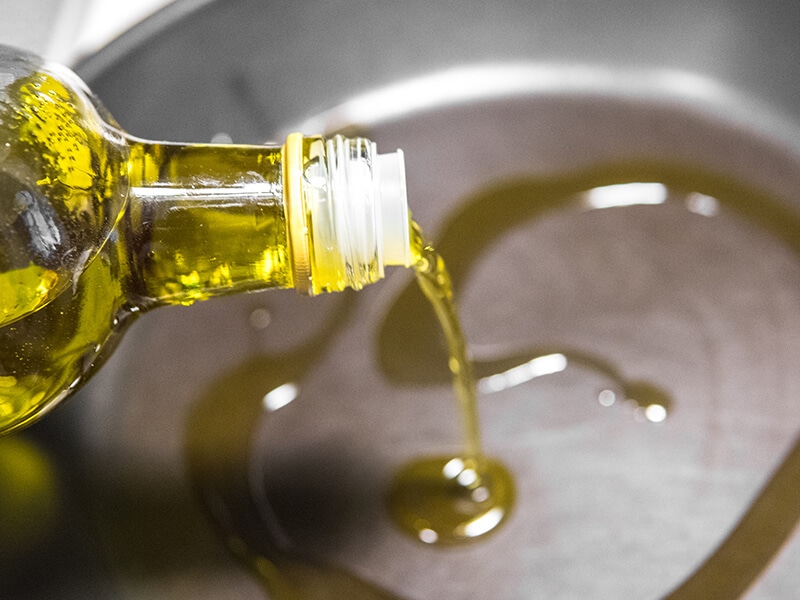
Step 1: Wash The Pan
Firstly, soak your pan for a short period of time and then wash it in warm water. Neither soap nor sponge is required in this stage to avoid scratches.
Leave the pan to dry before filling it with oil. Some recommended oils include peanut oil, vegetable oil, and grapeseed oil.
Step 2: Season The Pan
Heat the oil at a medium-level temperature until it starts shimmering, usually about 3 minutes. When there’s smoke coming out of the oil, immediately remove the pan from the heat.
Step 3: Allow The Oil To Cool
Leave the oil-filled pan for 30 minutes and then remove the oil by pouring it into a container. Lastly, wipe the pan with a paper towel. After the whole process, the stainless steel pan will become shiny and can be used as non-stick cookware.
In addition, you should preheat the pan for about 2 to 4 minutes on low-medium heat, then grease it with oil before cooking. You can start adding the ingredients once the oil shimmers and glistens. If there’s smoke coming out, the oil is too hot.
The best way to season your stainless steel cookware.
Recommended Stainless Steel Cookware Brands
Don’t worry if you have no idea what brands can be trusted. Here is the compilation of well-referenced manufacturers you should take a glance at.
Cuisinart
One of the highly recommended stainless steel products from such a well-known brand as Cuisinart is Cuisinart Multiclad Pro Stainless Steel 12-Piece Cookware Set due to its surprisingly reasonable price for quality and quantity.
All-Clad
When it comes to high-end stainless steel, All-Clad, a famous brand from the USA, is the first to come to my mind. Regardless of its premium price, All-Chad is worth buying because the high-quality materials result in stable cooking performance.
Go for All-Clad D3 Stainless Steel 10-Piece Cookware Set if you are still searching for the best durability of the cookware.
Calphalon
If you are in the market, you can see the name Calphalon everywhere. If you want a cookware set that can offer professional results and can add a polished look to your kitchen, Calphalon Classic Stainless Steel 10-Piece Cookware Set is a good option.
Tramontina
Tramontina has gained the respect of chefs and home cooks alike, thanks in large part to the durable construction and attention to detail in every piece.
With that being said, Tramontina Stainless Steel 12-Piece Cookware Set is believed to be one of the most successful products produced by this brand.
Cook N Home
As you know, it is so difficult to find standardized stainless steel cookware at such a low price. Thankfully, Cook N Home can offer you a truly good deal – Cook N Home Stainless Steel 12-Piece Cookware Set with great feedback from consumers.
FAQs
The following commonly asked questions will provide you with more useful details about stainless steel cookware. Don’t miss out!
Choose The Best Cookware For Your Needs
I’m sure that you’ve learned all the advantages and disadvantages of stainless steel cookware in great detail by now. I highly hope it can become one of your favorite kitchenware afterward.
And if looking at your brand-new pan makes you remember this post, it will be my absolute pleasure. Feel free to like and share this useful information with your friends so they can find their ideal cookware too!
References
- Stainless Steel (2022) Wikipedia. Wikimedia Foundation.
- ABOUT THE AUTHOR Richard Matheson Director et al. (no date) 300 VS 200 Series Stainless Steels, which alternative suits?, Nickel Institute.
- Surgical Stainless Steel (2022) Wikipedia. Wikimedia Foundation.
- Kamerud, K.L., Hobbie, K.A. and Anderson, K.A. (2013) Stainless steel leaches nickel and chromium into foods during cooking, Journal of agricultural and food chemistry. U.S. National Library of Medicine.

